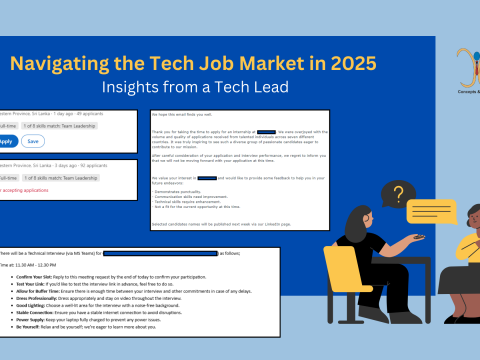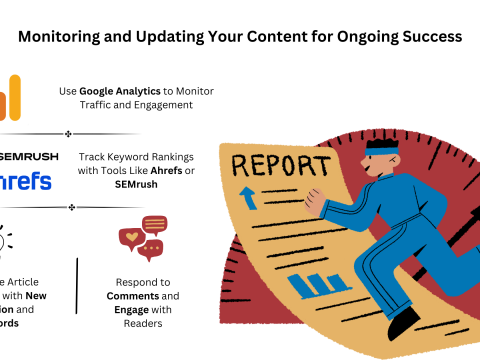- Have any questions?
- [email protected]
Platform-Specific Strategies for Social Media Content Providers

The Ultimate Guide to Keyword Research for SEO
September 20, 2024
Breaking Barriers: Unraveling “Breaking the Mould” by Raghuram Rajan and Rohit Lamba
September 25, 2024Platform-Specific Strategies
Tailoring your content to each social media platform is essential for maximizing engagement and reaching your target audience effectively. Here are platform-specific strategies to help you optimize your content:
1. Facebook:
Facebook remains one of the largest and most versatile social media platforms. To create content that performs well on Facebook, consider these tips:
– Visual Content: Use eye-catching visuals, such as images and videos, to grab attention in the crowded Facebook feed.
– Engagement: Encourage engagement through polls, quizzes, and interactive posts to boost reach and visibility.
– Timing: Post at optimal times when your audience is most active to increase the chances of your content being seen.
– Live Video: Utilize Facebook Live to connect with your audience in real-time and foster a sense of community.
2. Instagram:
Instagram is a highly visual platform known for its emphasis on aesthetics and storytelling. Here are strategies for creating engaging Instagram content:
– High-Quality Imagery: Post visually stunning photos and videos that align with your brand aesthetic and style.
– Storytelling: Use Instagram Stories to share behind-the-scenes content, product demonstrations, and exclusive updates to connect with your audience on a more personal level.
– Hashtags: Research and use relevant hashtags to increase discoverability and reach new audiences.
– Consistency: Maintain a consistent posting schedule to keep your audience engaged and ensure your content remains visible in their feeds.
3. Twitter:
Twitter is a fast-paced platform known for its brevity and real-time conversations. Here are best practices for tweets and Twitter engagement:
– Conciseness: Keep tweets short and to the point to capture attention and encourage engagement.
– Trending Topics: Monitor trending topics and hashtags to join relevant conversations and increase your visibility.
– Visuals: Incorporate eye-catching visuals, GIFs, and videos to make your tweets stand out in the timeline.
– Engagement: Respond promptly to mentions, retweets, and direct messages to foster relationships and show appreciation for your audience.
4. LinkedIn:
LinkedIn is the go-to platform for professional networking and B2B marketing. Here’s how to create professional content for LinkedIn:
– Educational Content: Share valuable insights, industry news, and educational resources to establish yourself as a thought leader in your field.
– Long-Form Posts: Write long-form articles on topics relevant to your industry to demonstrate expertise and provide value to your audience.
– Networking: Engage with industry professionals, join relevant groups, and participate in discussions to expand your network and build meaningful connections.
– Visuals: Use professional-looking visuals, such as infographics and SlideShare presentations, to complement your written content and enhance engagement.
5. TikTok:
TikTok is a rapidly growing platform known for its short-form video content and viral trends. Here’s how to leverage TikTok for viral content:
– Creativity: Embrace creativity and experimentation to create unique and engaging content that stands out on the platform.
– Trend Participation: Keep an eye on trending challenges, memes, and hashtags, and participate in them to increase your content’s visibility and reach.
– Authenticity: Be authentic and relatable in your content to resonate with TikTok’s predominantly Gen Z audience.
– Consistency: Post regularly and consistently to maintain momentum and keep your audience engaged.





